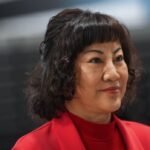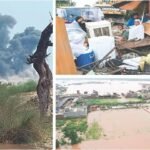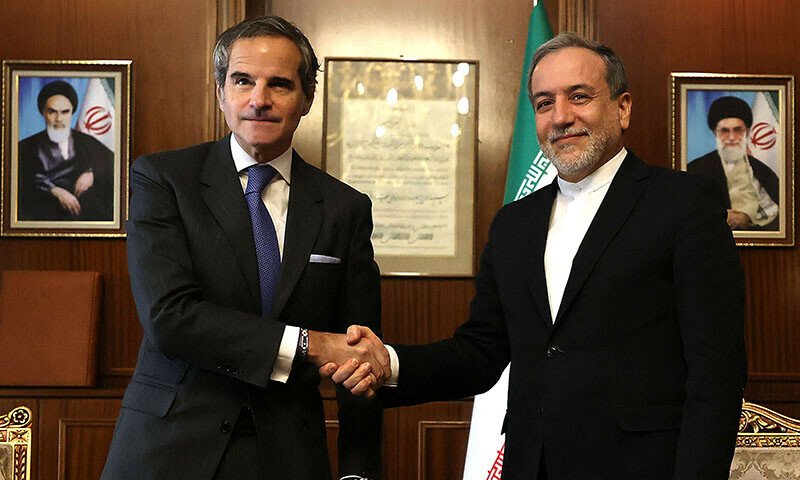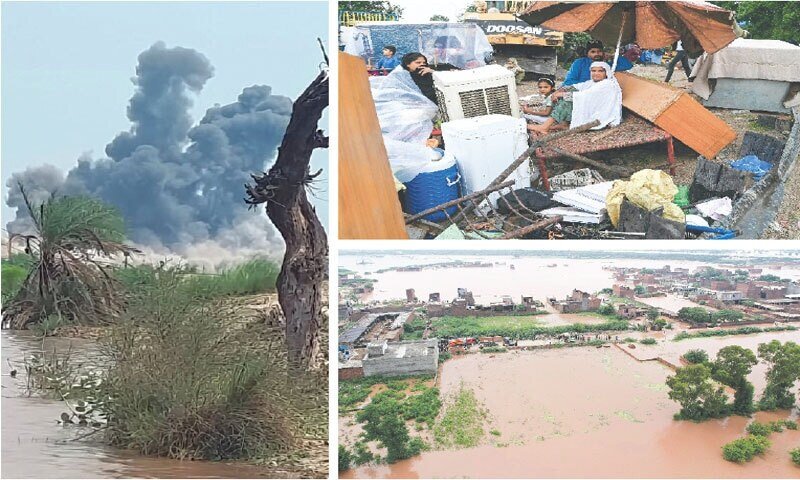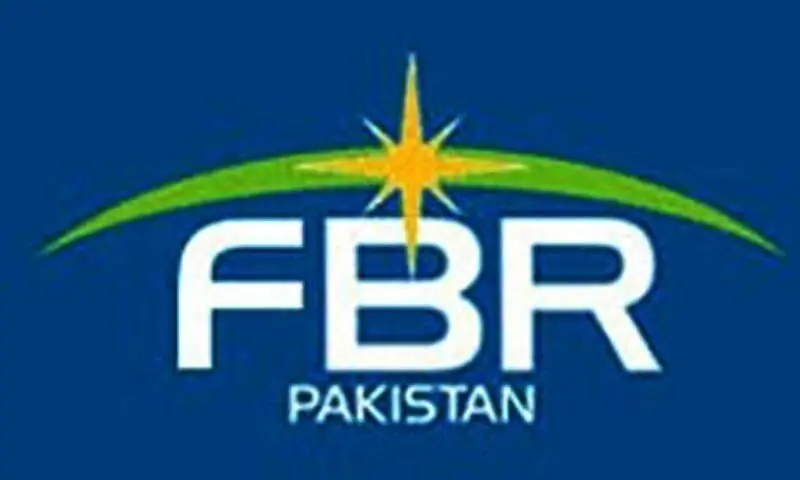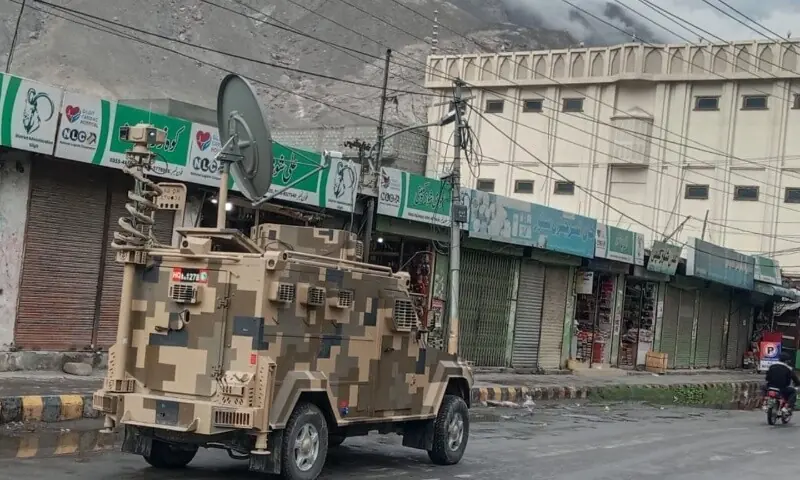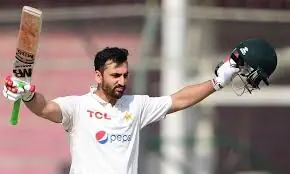Iran’s Foreign Minister will visit Ally Russia this week to discuss nuclear negotiations with the United States, before a new round of conversations between the enemies planned for Rome.
On Saturday, Abbas Araghchi held conversations with the envoy of the Middle East of the United States Steve Witkoff in Oman, the highest level negotiations since the collapse of a 2015 nuclear agreement.
The president of the United States, Donald Trump, who withdrew from the agreement, has put Iran to the center of attention from his return to the White House in January. In March, he sent a letter to the Supreme leader of Iran, Ayatolá Ali Khamenei, asking for nuclear conversations while warning about the possible military action if Tehran refused.
The western countries, including the United States, have long suspected Iran of pursuing nuclear weapons, an accusation that Tehran has constantly denied, maintaining that its program was only for peaceful purposes.
Russia, a nearby ally of Iran and part of the 2015 agreement, and China has maintained discussions with Tehran in recent weeks about its nuclear program.
“Dr. Araghchi will travel to Moscow at the end of the week,” said the spokesman of the Ministry of Foreign Affairs, Esmaeil Baqaei, adding that the trip was previously planned and would be “an opportunity to discuss the latest developments related to Muscat’s conversations.”
The spokeswoman of the Russian Foreign Ministry, Maria Zakharova, confirmed the visit by saying that Araghchi would meet her Russian counterpart Sergei Lavrov and other officials.
Iran and the United States described separately the discussions of Saturday with the United States as “constructive.”
Moscow welcomed Iran-United States conversations, as he pressed for a diplomatic solution and warned that military confrontation would be a “global catastrophe.”
Another round of conversations between Iran and the United States is scheduled for Saturday (April 19). Iran has not yet confirmed the location, but Italian Foreign Minister Antonio Tajani said later that Rome had given a “positive response” to a request to organize conversations, adding: “We are willing to do whatever it is necessary.”
‘Red lines’
The official IRNA The news agency reported that they would be held in Europe, without elaborating.
Baqaei said that the following set of conversations would continue to be indirect with Omaní mediation, adding that direct conversations “were not effective” and “are not useful.”
He had previously said that the only approach to the next conversations would be “the nuclear problem and the lifting of the sanctions”, and that Iran “will not have any conversation with the US side on any other issue.”
Afternoon on Sunday, IRNA He informed that Tehran’s regional influence and his missile abilities were among his “red lines” in the conversations.
Washington restored the sanctions of jaws against Tehran after withdrawal from the 2015 agreement three years later. Iran continued to adhere to the agreement for a year after Trump’s withdrawal, but then began to retreat.
Iran has constantly denied that he is looking for nuclear weapons.
Baqaei reiterated that Iran would receive the United Nations Nuclear Surveillance Chief, Rafael Grossi, in the next few days, but pointed out that the details of his trip were still “to decide.”
In a publication about X, Grossi confirmed that he would go to Tehran “at the end of this week.”
“Continuous commitment and cooperation with the agency are essential at a time when diplomatic solutions are urgently needed,” he said.
IRNA He later informed that Grossi would arrive on Wednesday and meet with Araghchi and Mohammad ESMAMI, head of the Iran Nuclear Energy Agency.
The Chief of the International Atomic Energy Agency (OIEA) visited Iran for the last time in November when he had conversations with the senior officials, including President Masoud Fishkian.
In its latest quarterly report in February, the OIEA said Iran had an estimate of 274.8 kilograms of uranium enriched up to 60 percent, which far exceeds the limit of 3.67 percent established under the 2015 agreement and is much closer to the 90 PC threshold required for the material of origin of the weapons.
